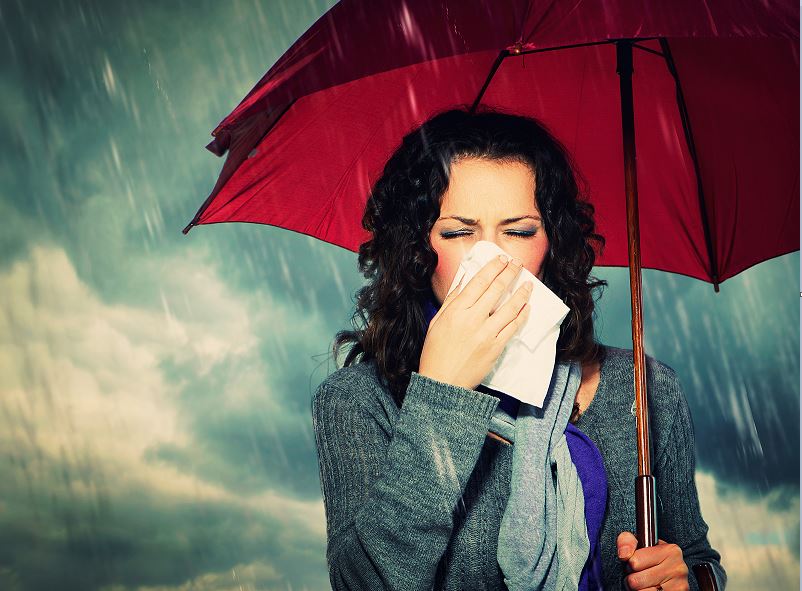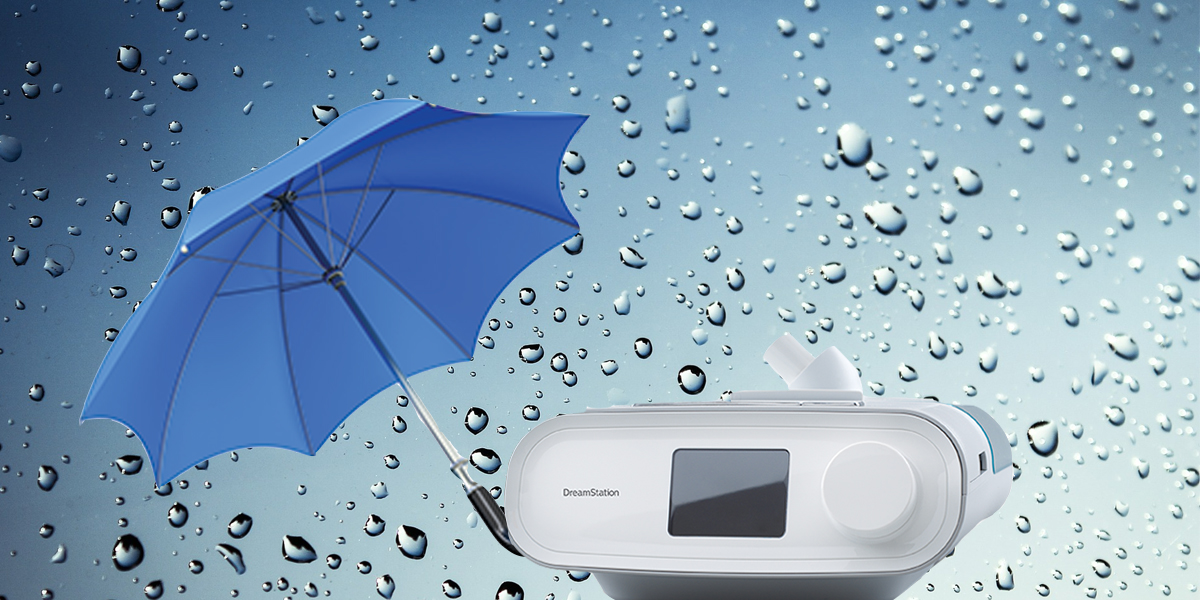
If you’re a CPAP user, waking up with water on your face can be a truly disturbing experience. Half awake, you start to ask yourself the standard questions to make sense of what’s happening:
How did this water get here? Why is this happening? Can this be fixed?
Don’t be alarmed. This is a fairly common problem known as rainout. Below we’ll take a look at exactly what causes rainout and what solutions you can implement to stop the problem.
What Is Rainout?
Rainout is something that only occurs when CPAP users have a humidifier attached to their CPAP machine. As water vapor from the humidifier travels down the CPAP tube, it cools down and turns back into water. The water will then drip onto the user as it exits the tube – essentially raining on you.
Consequences of Rainout
Although rainout is not life-threatening, you should keep an eye of the U bend of the tubing as water buildup in this area can restrict airflow. A practical issue with rainout is that it could mean more frequent tube replacements if a build up forms within the tubing. Rainout can also discourage people from using their CPAP, especially those new to the process.
How to Prevent Rainout
Heated Tubes
The most common approach in preventing rainout is to use a heated tube. Heated tubes are different than the tubes normally used with CPAP machine. Instead of simply transferring air and water vapor from the CPAP machine to the mask, heated tubes have coils around them which serve to warm up the tube walls and maintain the warmth.
Heated tubes can be attached to any CPAP machine and mask. They are produced by a number of manufacturers, such as this tube made by ResMed for the AirSense and AirCurve 10.
Other Methods to Prevent Rainout
Another way to prevent rainout is to run the tubing underneath your blankets. You could also try wrapping the tube in fabric or insulation specifically made for CPAP tubing.
Condensation is more likely to form when it’s cold, so another way to prevent rainout is by simply increasing the temperature of the room. This can mean either turning up the heat in your bedroom or closing the bedroom window while you sleep. If you can, also try turning the humidifier level down, as humidity levels within houses can vary.
Another strategy to prevent rainout involves relocating the CPAP machine itself: If it’s feasible, try moving the CPAP machine to a lower level than your mask so that air has to flow upwards. This method relies on gravity to keep the condensation that develops from dripping into your mask – it will drip back into the humidifier instead.
Whichever method you choose, be sure to remember that comfort is everything when using your CPAP machine. If you are experiencing rainout, it’s a good idea to take care of it as soon as possible. You don’t want anything to discourage you from using a CPAP machine.














